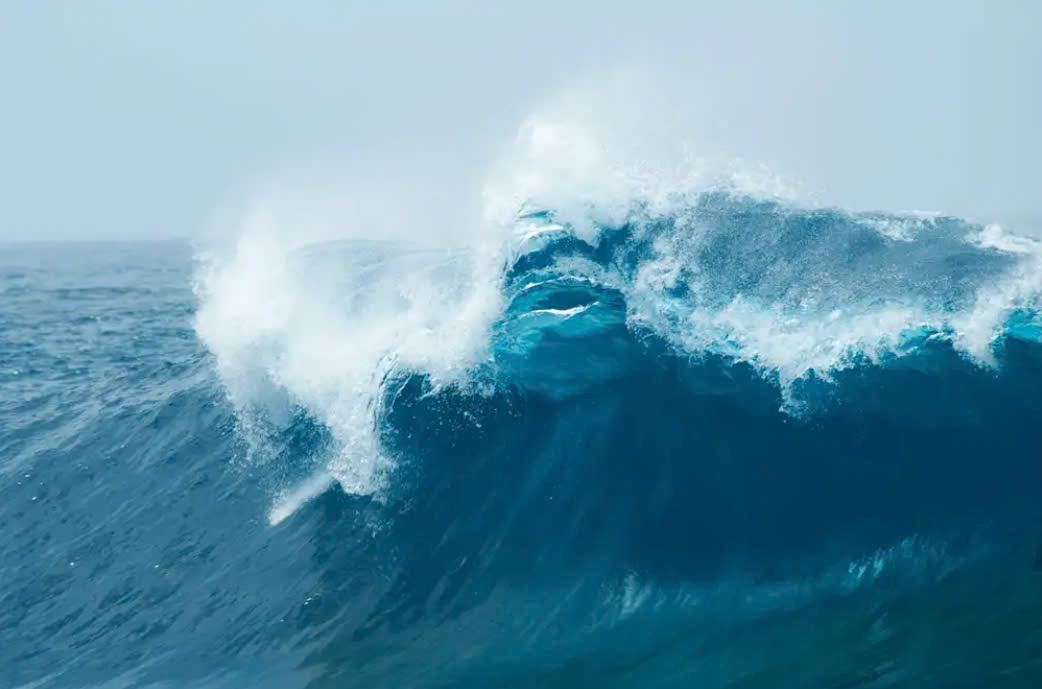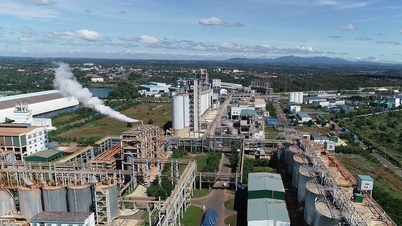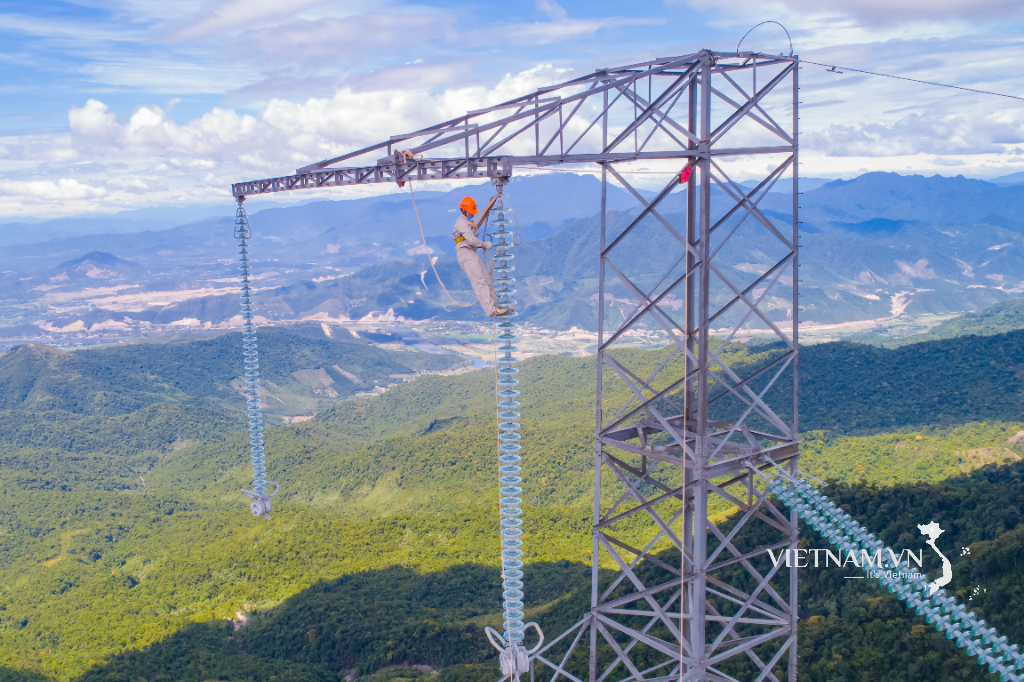This technology marks a major step forward in commercializing hydrogen as a sustainable energy solution.

Seawater could become a source of clean hydrogen fuel. Photo: Tamara Kulikova/Alamy
“Traditional electrolysis can only be performed with pure water, an increasingly scarce resource,” Doug Wicks of the US Department of Energy’s Advanced Research Projects Agency – Energy (ARPA-E) said in a press release. “We are no longer dependent on pure water but instead on the most abundant water resource: the ocean.”
The process uses a negatively charged cathode and a positively charged anode to separate seawater into four “streams” – oxygen, hydrogen, harmless acids and alkalis. The alkaline stream reacts with atmospheric CO2 to form stable minerals that are returned to the sea, while the acidic stream returns to the ocean after being restored to its original pH by flowing through silica-rich rocks.
Electrolyzing seawater not only produces hydrogen and oxygen, but also chlorine gas (Cl₂), which is toxic due to the presence of chloride ions (Cl⁻) in seawater. This process can corrode the electrodes and quickly damage the electrolyzer. Based on laboratory testing, Chen and his colleagues predict that these anodes could operate continuously for about three years before needing maintenance, that is, removal to reapply the chlorine-blocking coating.
Pau Farras, a scientist at the University of Galway in Ireland, commented that the three-year performance of the oxygen-selective anodes was impressive. He agreed that it was a promising method for using seawater to produce hydrogen fuel. However, Farras stressed that while the lab results were promising, it remains to be seen whether these anodes can maintain similar performance in the natural environment.
The company is developing oxygen-selective anodes that will soon begin mass production at a plant in California, with an expected capacity of around 4,000 anodes per year. The project promises remarkable results, with the potential to remove 10 tonnes of CO₂ and produce 300 kg of hydrogen per day.
Ha Trang (according to NewScientist)
Source: https://www.congluan.vn/cong-nghe-dien-cuc-giup-san-xuat-nhien-lieu-hydro-tu-nuoc-bien-post313156.html






































![[Photo] President Luong Cuong receives President of the Cuban National Assembly Esteban Lazo Hernandez](https://vphoto.vietnam.vn/thumb/1200x675/vietnam/resource/IMAGE/2025/9/30/4d38932911c24f6ea1936252bd5427fa)

![[Photo] Panorama of the cable-stayed bridge, the final bottleneck of the Ben Luc-Long Thanh expressway](https://vphoto.vietnam.vn/thumb/1200x675/vietnam/resource/IMAGE/2025/9/30/391fdf21025541d6b2f092e49a17243f)
































































Comment (0)